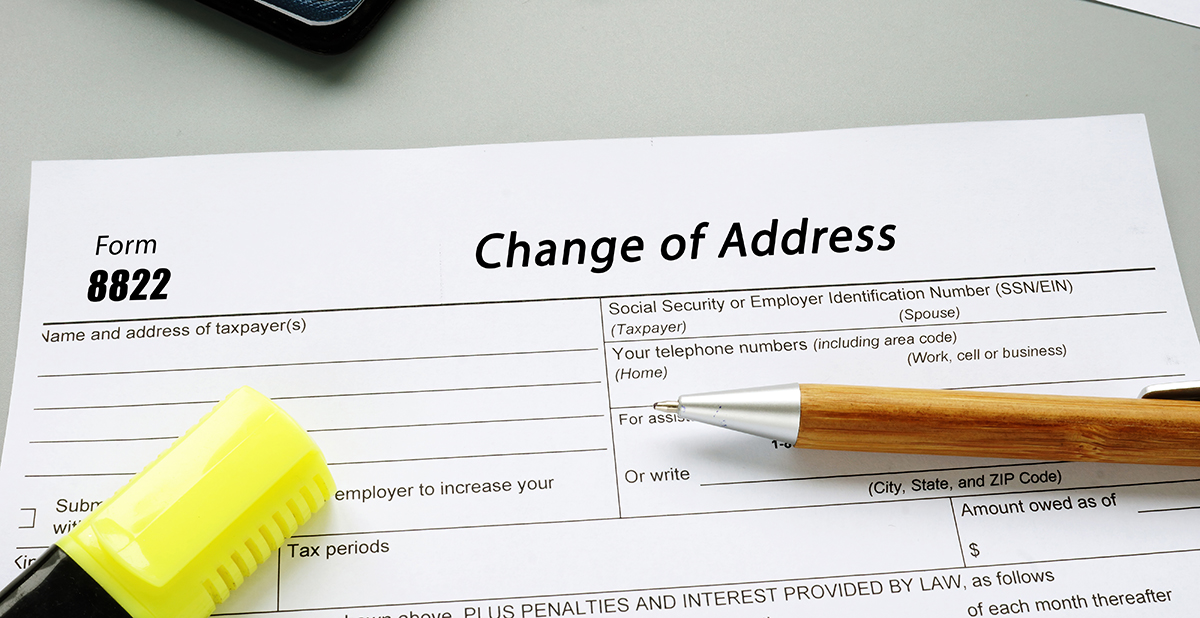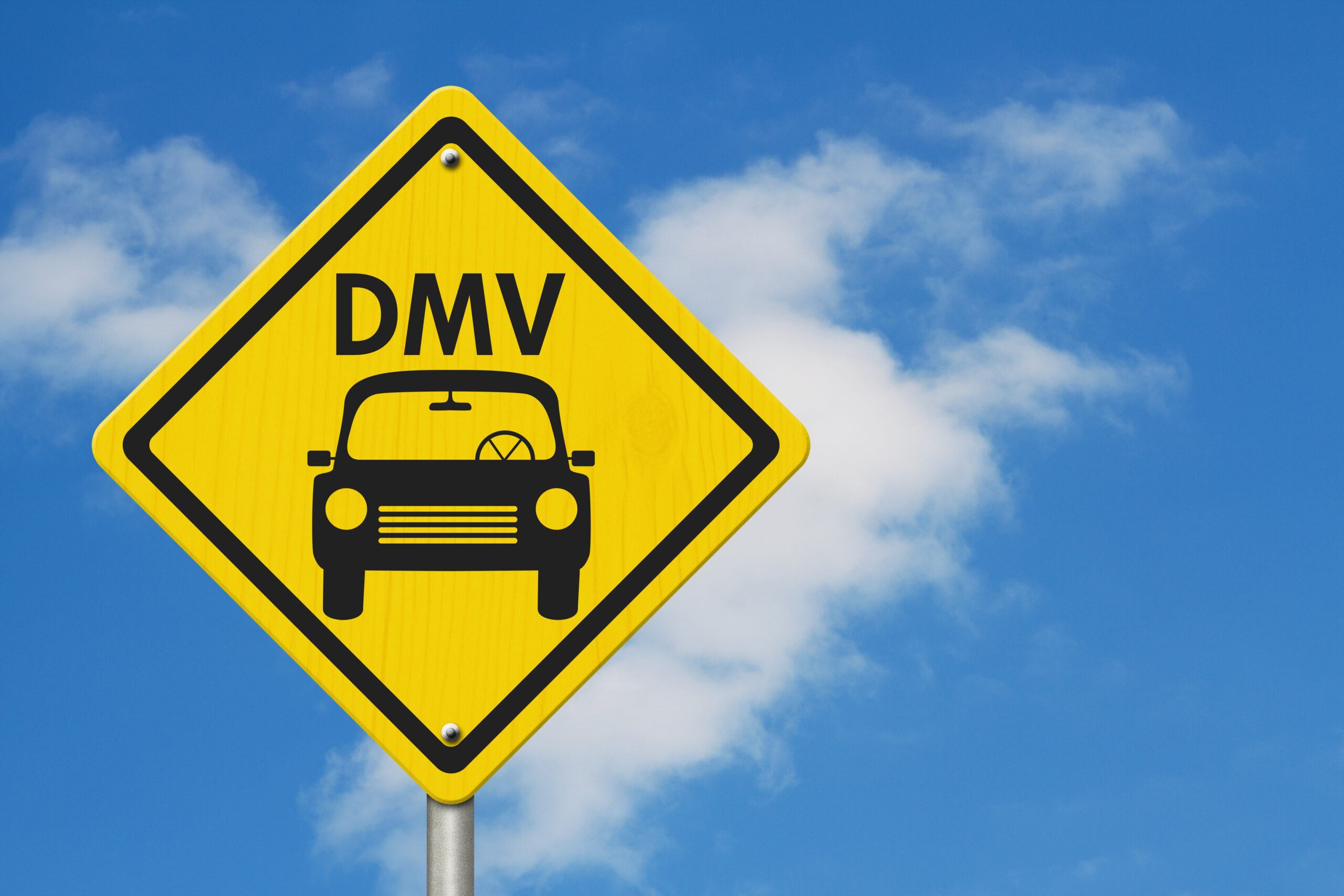
Are you looking to get your driver’s license and need help deciding where to go for driving lessons? Choosing the right school can be difficult with so many different options. However, taking the time to research reputable driving schools in your area is essential if you want to ensure that you have a good experience.
In this blog post, we will discuss finding a high-quality driving school that best suits your needs as a new driver. We’ll look at costs, reputation, safety record, instructor qualifications, and more – helping you make an informed choice about which driving school is right for you!
Accreditation and Licensing
One of the most important aspects to consider when choosing a driving school is whether or not it is licensed and accredited. In many cases, only an accredited driving school can offer you the best instruction in terms of traffic laws and safe driving practices. Ensure that any school you are considering has received accreditation from your state’s Department of Motor Vehicles or another government-sanctioned organization.
Instructor Qualifications
Another factor to consider is the qualifications of the instructors. Ensure that your chosen driving school employs only certified, experienced instructors knowledgeable in traffic laws and safe driving practices. Ask about their experience level, what certifications they hold, and any additional credentials they
The Driving Instructor
Should have a driving record that is free of criminal charges and convictions. Additionally, they should be able to demonstrate good judgment and decision-making skills while on the road to teach you the safe driving standards your state requires effectively. Finally, the Driving Instructor should be patient, courteous, and approachable in order to create a comfortable learning environment.
Check out this website to learn more about learning to drive safely.
Class Materials
Before enrolling in any driving school, check what materials they provide for each student. Driving books or other instructional material that is provided by the school can help students effectively prepare for tests and gain the necessary knowledge to get their driver’s license. Moreover, some schools provide video tutorials and online quizzes that can be useful in testing a student’s understanding of driving laws and regulations.
Exam Preparation
The instructor should also help students prepare for their permit or license exam by providing tips on multiple-choice questions and teaching them how to read traffic signs and understand road rules. Additionally, instructors may set up mock tests or review sessions to ensure the student feels comfortable before taking their real exam.
Instructors should also be knowledgeable about DMV protocol and procedures regarding driver’s license applications and renewals. They should be able to answer questions and provide guidance on applying for a driver’s license, taking road tests, and getting endorsements or restrictions added to a license.
Student Satisfaction
Finally, try to find out what past students have said about their experience with the driving school instructors and the quality of their teaching. The instructor must have a good understanding of both the road rules and DMV procedures, as well as be able to make learning interesting for the student. Good communication skills are also essential for an instructor, so it is important to assess whether they possess these. Ultimately, it is key that the instructor is an experienced and professional driver. This will ensure that the students receive high-quality instruction, helping them to prepare for a successful future on the roads.
Online Reviews
A great way to get an idea of what past students have experienced at a driving school is to read online reviews. Many customers share their experiences, so take the time to read some of them before making your decision. It is important that the reviews you read are from credible sources and not just blog posts or videos on YouTube. Additionally, it can be useful to look for photos that have been posted by customers. These can give you a better idea of the actual facility and equipment being used by the school.
Finally, it is worth considering the qualifications of the instructors at your chosen driving school. Most reputable schools will only employ instructors with advanced qualifications such as DSA or NVQ approved. In addition to qualifications, it is important to make sure that the instructors have up-to-date training and are comfortable teaching students of all levels and abilities. Any school that utilizes outdated practices or techniques should be avoided at all costs.









